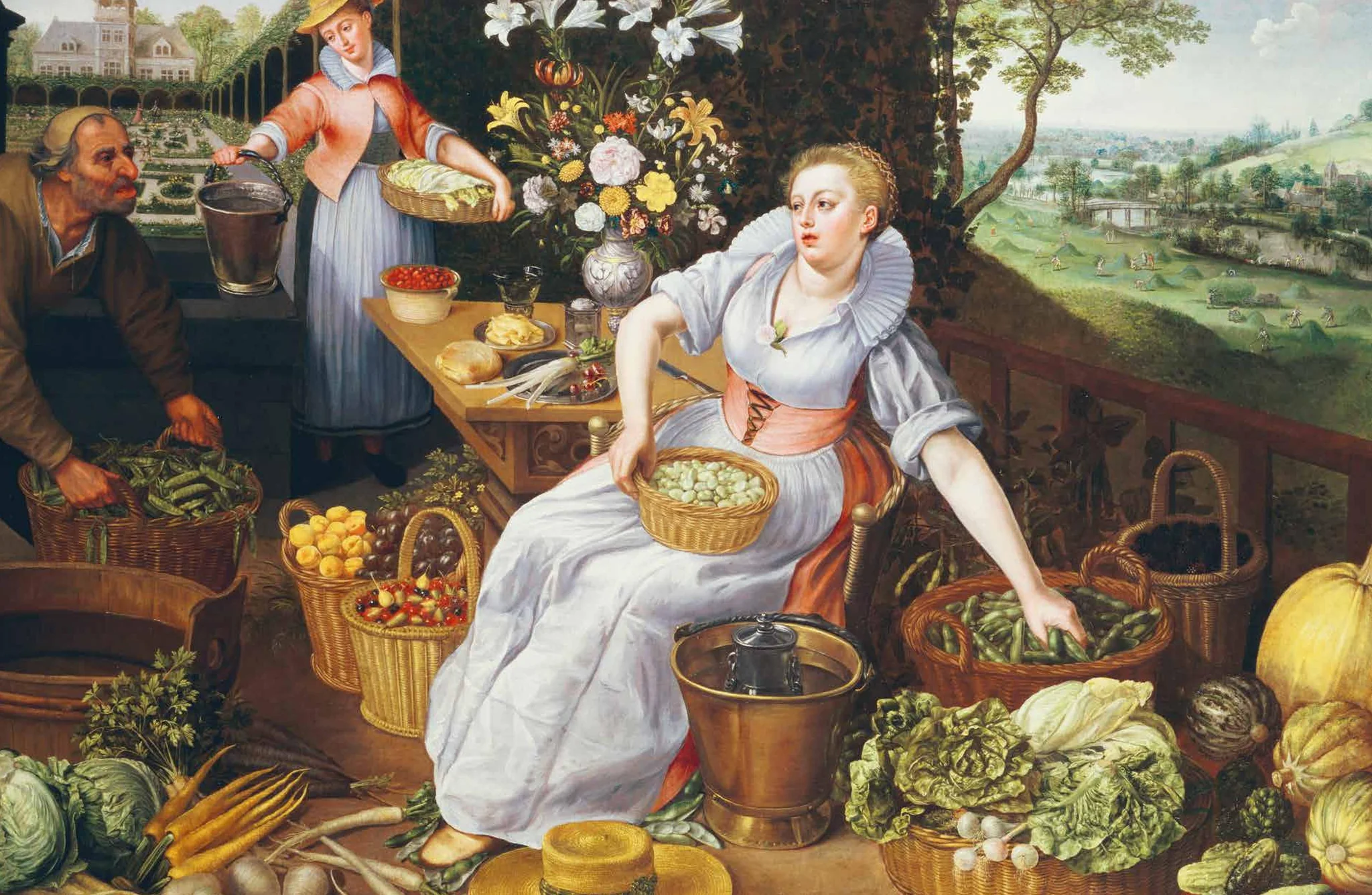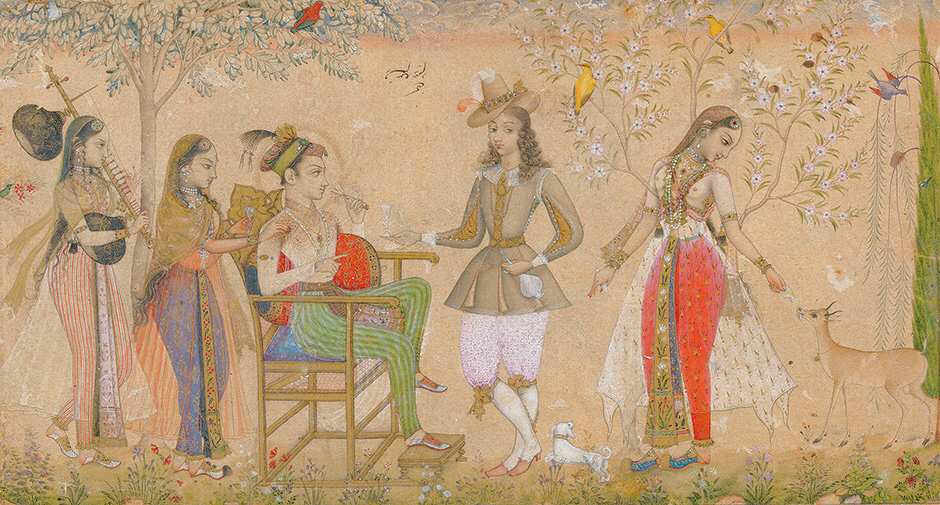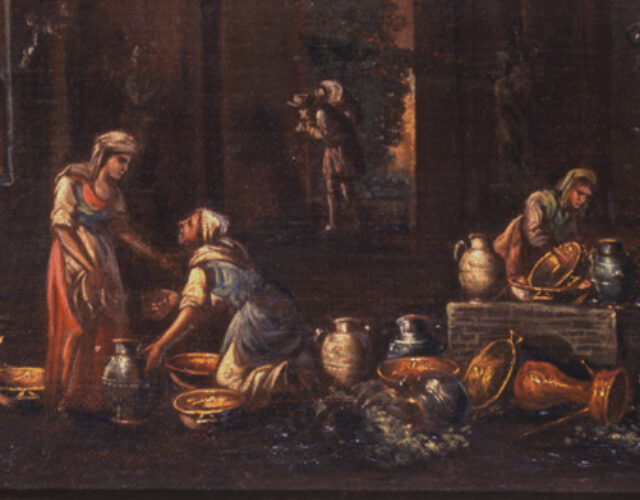“From Gardens to Healing Hands: Women and the Power of Plants in the 17th Century”

The 17th century was a period of profound change in Europe, marked by scientific discovery, social upheaval, and shifting cultural norms. Among these transformations, plants—and particularly flowers—played a surprisingly pivotal role in the daily lives and social standing of women. Far beyond mere decoration, plants became a source of medicinal knowledge, economic opportunity, social symbolism, and personal empowerment for women in this era. This article explores the multifaceted relationship between women and plants in the 1600s, highlighting how flowers and herbalism influenced health, status, identity, and culture.
The Social and Cultural Context of 17th-Century Women
During the 17th century, European society was largely patriarchal, with limited formal roles for women outside the household. Women’s lives were often confined to domestic spheres, yet within these boundaries, they exercised considerable influence through roles as caregivers, healers, educators, and participants in local economies. Plants provided tools and symbols that helped women carve out spaces of agency and identity.
Plants as Medicine: The Rise of Herbalism and Women Healers
Medicinal knowledge in the 17th century was predominantly transmitted through folk traditions, and women played a crucial role as herbalists and midwives. Many women were custodians of plant-based remedies used to treat common ailments, from digestive issues to childbirth complications.
- Herbal Remedies: Flowers and herbs such as chamomile, lavender, rosemary, and violets were widely used for their healing properties. Women prepared tinctures, salves, and infusions to aid in recovery and maintain health.
- Midwifery: Women midwives relied heavily on botanical knowledge to assist in childbirth, a dangerous process at the time. Plants like raspberry leaf and rue were employed to ease labor and prevent infections.
- Transmission of Knowledge: Herbal recipes and remedies were often passed down orally or recorded in household manuscripts, reflecting a rich tradition of female knowledge preservation.

Flowers as Symbols of Identity and Expression
In an era when women’s public voices were often limited, flowers offered a form of subtle communication and self-expression.
- The Language of Flowers: The 17th century saw the early development of floriography, where specific flowers conveyed particular meanings. Women used bouquets and floral decorations to express sentiments such as love, loyalty, grief, or modesty without words.
- Fashion and Status: Wearing flowers, embroidering floral patterns on clothing, and decorating homes with blooms were ways women signaled social status and personal taste. Certain rare or exotic flowers, imported through burgeoning global trade, became symbols of wealth and sophistication.
- Religious and Moral Symbolism: Flowers also played roles in religious rituals and moral teachings. The rose, lily, and violet were associated with virtues like purity and faithfulness, reinforcing women’s roles as moral guardians of the family.
Economic Empowerment Through Horticulture and Trade
Women’s involvement with plants extended into the economic sphere, where horticulture and the trade of flowers and herbs provided opportunities for income and entrepreneurship.
- Gardening and Plant Cultivation: Many women managed household gardens, cultivating both ornamental and medicinal plants. These gardens were not only practical but also spaces of creativity and learning.
- Market Vendors and Traders: In urban centers, women often sold herbs, flowers, and plant-based products in markets. This trade enabled some women, especially widows or unmarried women, to gain financial independence.
- Influence on Botanical Sciences: The rise of botanical study in the 17th century, including the creation of herbals and florilegia (collections of flower illustrations), sometimes featured contributions from women, either as collectors, illustrators, or patrons.
The Intersection of Plants and Women’s Health
Women’s health was intricately linked with the use of plants during this time.
- Menstrual and Reproductive Health: Herbal treatments for menstrual pain, fertility, and postpartum recovery were widespread. Flowers like red clover and chamomile were staples in women’s health remedies.
- Mental Health and Well-being: Flowers such as lavender and rosemary were believed to soothe anxiety and promote restful sleep, showing an early understanding of holistic care.
- Challenges and Controversies: The medical establishment, dominated by male physicians, often viewed women’s herbal practices with suspicion. Accusations of witchcraft sometimes arose from women’s use of plants to heal or influence others.
Cultural Representations of Women and Flowers in Art and Literature
The 17th century witnessed rich cultural expressions connecting women and plants.
- Paintings: Floral still lifes and portraits often incorporated flowers as symbols of femininity, fertility, and virtue. Dutch Golden Age artists, for example, used flowers to convey messages about life’s transience and beauty.
- Poetry and Prose: Women writers used floral metaphors to explore themes of love, spirituality, and nature. This literary use of flowers helped articulate female perspectives in a male-dominated cultural landscape.
- Folklore and Myth: Flowers appeared in popular stories and legends related to women, such as the myths surrounding the origins of certain blooms, connecting women’s experiences to the natural world.
The Impact of Global Exploration on Women and Plants
The 17th century was a time of expanding global connections, and this had a profound impact on plants available to European women.
- Introduction of Exotic Flowers: New plants from the Americas, Asia, and Africa, such as tulips, chrysanthemums, and peonies, captivated European gardeners and consumers.
- Trade and Colonialism: Women’s roles in gardens and markets intersected with broader patterns of trade and colonial exploitation, which brought diverse flora but also complex ethical questions.
- Scientific Advancements: Botanical gardens and herbaria grew in importance, sometimes involving women in the collection and study of new species.

Conclusion: Flowers as a Source of Power and Possibility
In the 17th century, flowers and plants were much more than adornments; they were vital to the physical health, economic livelihood, social identity, and cultural expression of women. Despite societal limitations, women harnessed the power of plants to heal, communicate, create, and thrive.
This “flower power” was an enduring force that shaped women’s lives and left a lasting imprint on history, culture, and science—showing how nature and femininity intertwined in ways both beautiful and profound.




